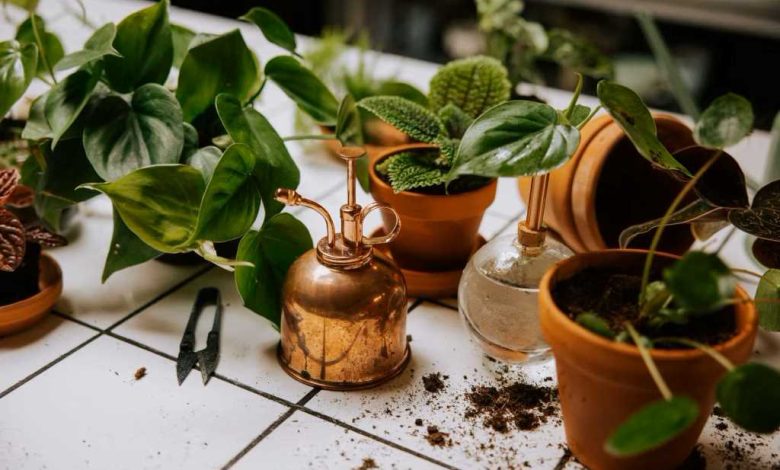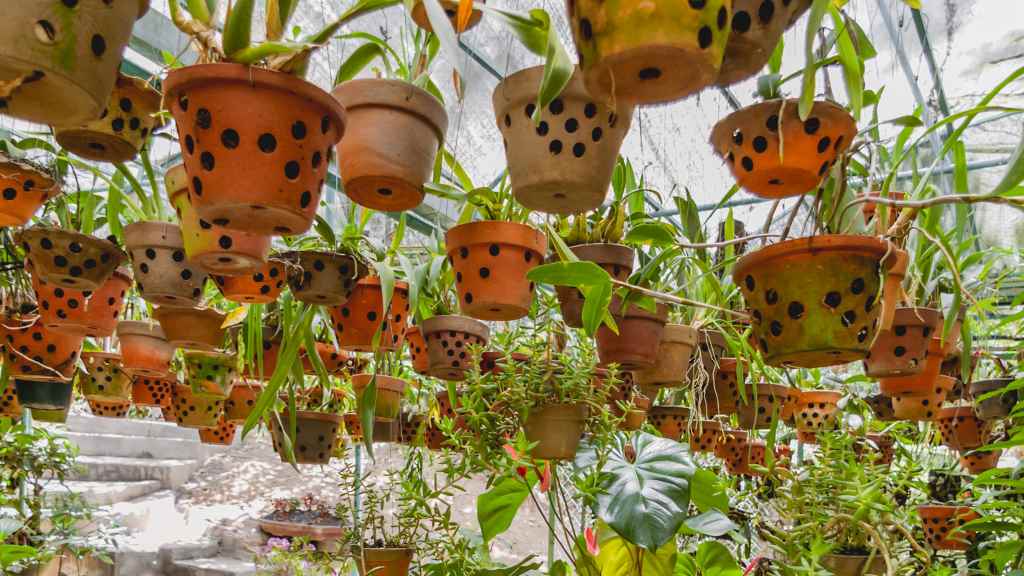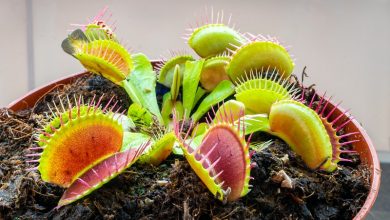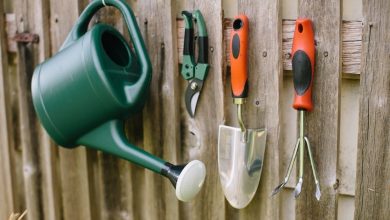
Have you ever wondered why your seemingly healthy plant starts to wilt, turn yellow, or even die, despite your best efforts? The culprit might be lurking beneath the surface – improper drainage. Just as humans need a balanced diet and exercise, plants need the right balance of water and air in their soil to thrive.
The Science Behind Drainage
At its core, drainage is the ability of water to move through the soil and out of the pot or ground. This movement is crucial for several reasons:
- Oxygen Supply: Plant roots, like any living organism, need oxygen to respire. When water fills up all the spaces between soil particles, it displaces the air, suffocating the roots. This lack of oxygen can weaken the plant, making it susceptible to diseases and pests.
- Nutrient Uptake: Water acts as a vehicle for nutrients, carrying them from the soil to the roots. However, if the water becomes stagnant, it can leach away essential nutrients, leaving the plant malnourished.
- Root Rot Prevention: Excessive moisture creates the perfect breeding ground for fungal and bacterial pathogens. These organisms thrive in waterlogged soil, leading to root rot – a condition that can quickly kill a plant.
- Soil Structure: Proper drainage helps maintain a healthy soil structure. When water drains efficiently, the soil particles stay loose and aerated, allowing for better root growth and overall plant health.
Signs of Poor Drainage
- Yellowing Leaves: This is often the first sign of overwatering and poor drainage.
- Wilting: While wilting can be a sign of underwatering, it can also indicate root rot caused by waterlogged soil.
- Foul Odor: A sour or rotten smell coming from the soil is a clear sign of root rot.
- Mushy Roots: Healthy roots are firm and white. Mushy, brown roots indicate decay caused by excessive moisture.
Factors Affecting Drainage
Several factors can influence how well a pot or soil drains:
- Soil Type: Clay soils have tiny particles that pack tightly together, hindering drainage. Sandy soils, on the other hand, have larger particles and drain quickly. Loamy soils, a mix of sand, silt, and clay, offer the best balance.
- Potting Mix: Using a good quality potting mix is crucial for container plants. Look for mixes that contain perlite, vermiculite, or other porous materials that promote drainage.
- Pot Size and Material: Oversized pots can hold too much moisture. Choose a pot that’s proportionate to the plant’s size. Terracotta pots are porous and allow for better evaporation than plastic ones.
- Drainage Holes: Make sure your pots have adequate drainage holes to allow excess water to escape.
How to Improve Drainage
If you suspect your plant is suffering from poor drainage, you can take several steps to improve it:
- Amend the Soil: If you’re dealing with heavy clay soil, you can add organic matter like compost or peat moss to improve its structure and drainage.
- Repotting: If the potting mix is compacted or waterlogged, repot the plant with fresh, well-draining soil.
- Create a Drainage Layer: Add a layer of gravel or small stones at the bottom of the pot to prevent the drainage hole from getting clogged.
- Elevate the Pot: Place the pot on a saucer or platform to allow excess water to drain freely.
- Water Wisely: Avoid overwatering. Water the plant thoroughly, but let the top inch of soil dry out before watering again.
- Choose the Right Plants: Some plants are more tolerant of moist conditions than others. If you have trouble with drainage, opt for plants that are known for their moisture tolerance. For instance, if you’re growing Dianthus in pots and are unsure how to care for them, you can find detailed guidance on how to care for Dianthus in pots at https://cherryblossomlife.com/gardening-tips/how-to-care-for-dianthus-in-pots/.
In Conclusion
Proper drainage is the unsung hero of plant care. By understanding why does your plant need proper drainage and taking steps to ensure your plants have the right balance of water and air, you’ll be rewarded with healthier, happier, and more vibrant greenery. Remember, a well-drained plant is a thriving plant!





